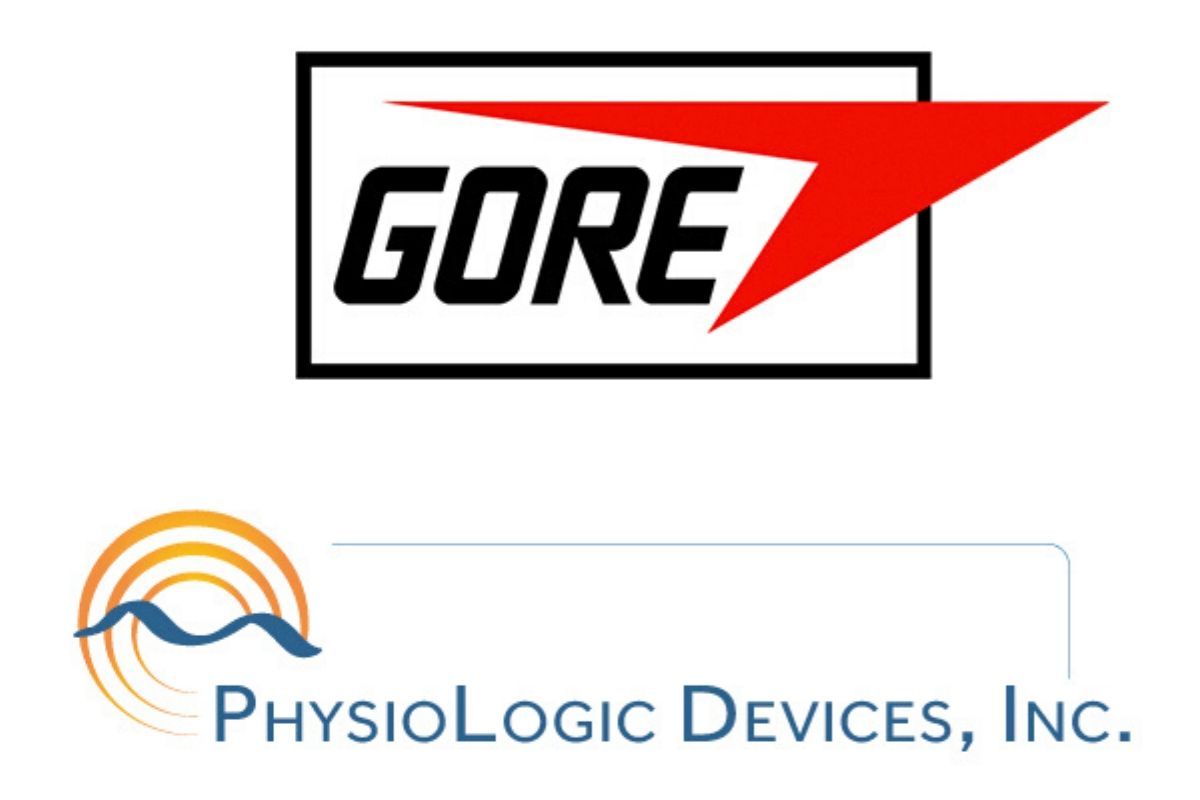
PhysioLogic Devices, a Breakthrough T1D-funded company that is dedicated to transforming the treatment of type 1 diabetes (T1D), wants to develop the ThinPump™—a fully implantable automated insulin delivery system—in the next four years. We think it’s not only possible, but doable. PhysioLogic has two things going for it:
- Vast knowledge of and experience with the implanted insulin delivery system, which delivers insulin directly into the abdominal space (called the intraperitoneal route). This allows the body to rapidly absorb insulin through the liver, which plays a central role in blood glucose control, and quickly clear insulin from the blood
- The funding of two world-renowned institutions: Breakthrough T1D and the company W. L. Gore & Associates (Gore), which invested in PhysioLogic last month
Gore is well known for developing GORE-TEX Products, the waterproof and breathable laminates used in outerwear. But that’s not all the company creates. It also makes air filters, headlight vents, heart stents and more. Gore was established more than 60 years ago, and generates annual revenues of $3.7 billion. Recently, Gore has started investing in the development of novel diabetes management technologies.
The standard of care for people with T1D involves insulin injections under the skin, known as the subcutaneous route. There are several known problems with this route of insulin delivery. First, the absorption of insulin from under the skin is slow, causing spikes in blood sugar after a meal. Second, the absorption of insulin from under the skin may continue for several hours after an injection, long after a meal has been fully absorbed. This causes blood sugar to fall to low levels hours after a meal. Slow insulin absorption and slow insulin clearance together cause blood glucose to alternately go high and low, outside of the normal range, in a roller-coaster manner that is well-known to people with T1D. It also makes it challenging to manage blood sugar levels during and after exercise.
But both of these problems can be corrected by delivering insulin into the abdominal space—via the intraperitoneal route. This route allows insulin to be processed in a manner that more closely resembles what happens in the body of someone without diabetes and the advantages of intraperitoneal insulin delivery over subcutaneous insulin delivery have been established in multiple clinical studies.
PhysioLogic’s mission is to create a fully implantable automated insulin delivery system—the ThinPump™—using intraperitoneal insulin delivery and an accurate and reliable glucose sensor, which could enable fully automated blood sugar control with no required user input. In addition, users would no longer have to worry about on-body devices or managing infusion set insertion sites. It’s a lofty goal, to be sure, but PhysioLogic is aggressively working towards starting the first-in-human clinical studies in less than four years.
In Europe, a similar product, Medtronic MiniMed™ Insulin Pump, has been used since the early 1990s. But translation of the MiniMed™model intraperitoneal insulin pump into the wide population has been small, due to several factors. The MiniMed™ model shows a bulge in the abdomen after transplantation, making it less attractive. And, manufacturing costs were too high. The ThinPump™ is predicted to be half the thickness of the MiniMed™ model, making it inconspicuous and significantly reducing manufacturing costs. Breakthrough T1D’s investment is bringing more dollars to T1D, and we celebrate this new line of funding for PhysioLogic Devices, which may lead to commercialization of this innovative technology. You can learn more about PhysioLogic Devices by visiting their website: PhysiologicDevices.com